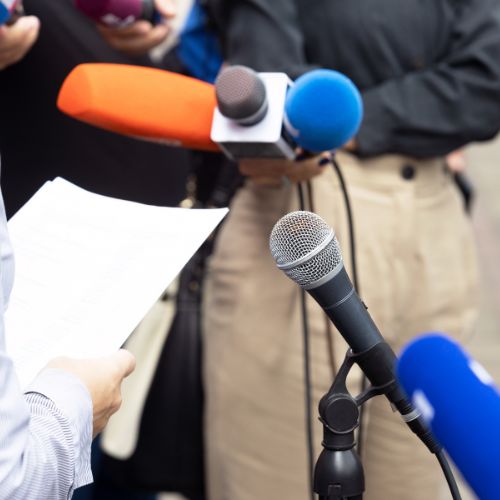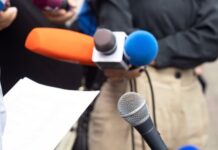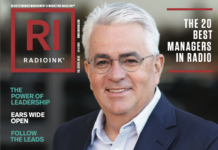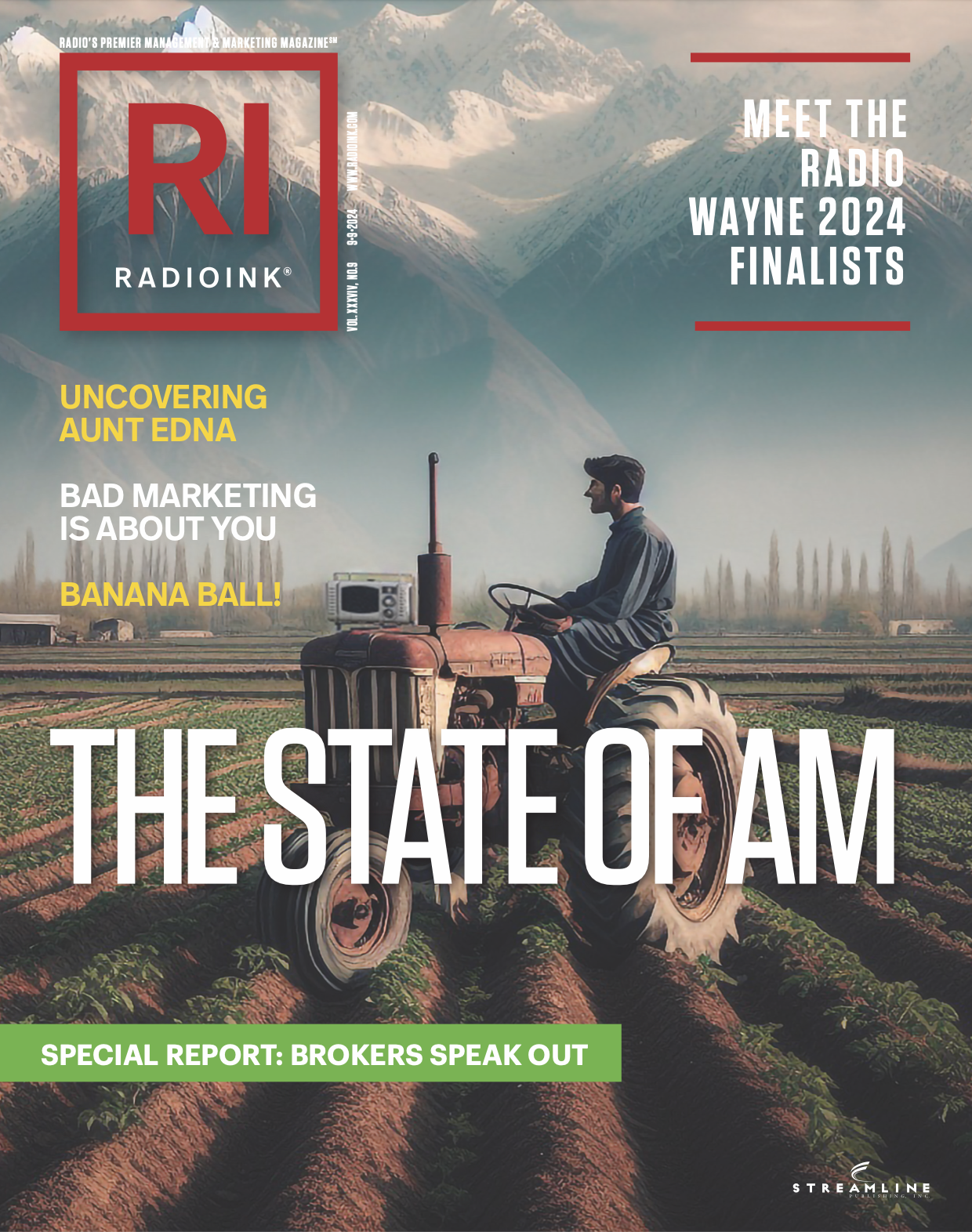
There has been much celebration this year over radio’s trust factor when it comes to news and information, but with growing public wariness and suspicions, NAB Show New York assembled a team to guide radio stations on ways to connect with audiences.
The conference’s Election Coverage Summit kicked off with messages from NAB CEO Curtis LeGeyt and Congresswoman Yvette Clark about the vital role broadcast news plays in democracy, jumping into “Improving Trust in Political Coverage.”
The panel, which included Colin Benedict of Morgan Murphy Media, Sarah Bishop Woods of News Revenue Hub, Massarah Mikati of Hearken, Inc., and Courtney Radsch of the Center for Journalism and Liberty, offered actionable strategies for newsrooms to improve transparency and audience engagement.
Benedict highlighted a startling statistic from the Radio Television Digital News Association, noting that only 47% of viewers believe the news coverage on their local stations is accurate, a number that drops further when discussing political coverage. According to Benedict, this underscores the need for journalists to find better trust-building strategies, such as focusing more on the public’s agenda rather than politicians’ and prioritizing fact-checking. He also emphasized making election coverage more about substantive issues and less about poll-driven narratives, as polls are increasingly distrusted by the public.
Benedict encouraged newsrooms to adopt mission statements outlining how they will serve their communities during election coverage. “Ask the audience what they want covered,” he advised, reinforcing the importance of creating a dialogue with viewers to enhance trust. “Don’t think of this as getting the public to eat their vegetables,” he said. Rather, journalists should think of ways to assist in the audience’s research process.
Sarah Bishop Woods pointed out that many news organizations are “fried and frozen” in the face of budget shortfalls and external pressures. For hosts and reporters, trust is built through consistent interaction and transparency. Bishop Woods stressed the importance of including bylines and background information on reporters to help listeners and viewers understand who’s delivering the news. She also noted that “explainers” can be useful for helping the public grasp complex issues, making news more accessible.
Mikati offered practical advice for fostering trust at a community level, suggesting that journalists should consider holding one-on-one coffees with community members to discuss issues in-depth. Mikati also recommended that newsrooms create posts explaining the decisions behind journalistic choices, providing transparency about sourcing and editorial processes. “Start with an explanatory author’s note in your stories,” she said, advising reporters to link to these posts within their articles.
Radsch argued that most people have never met a journalist and don’t understand why so much of the news cycle is dominated by polling, which she noted often lacks real news value. To further combat misinformation, Radsch proposed that social media platforms be regulated as common carriers, ensuring greater accountability. She also advised newsrooms to create AI policies, ensuring that any artificial intelligence used in reporting is ethical and transparent.
All panelists agreed on the need for journalists to humanize their roles. Bishop Woods stressed that if a journalist stops at simply publishing a story, they’ve only completed 80% of the job. The other 20% involves ensuring the story reaches audiences across platforms. “Be a person, not an institution,” she urged, noting that trust in institutions is eroding, and personal, human connections are more effective in rebuilding trust.
Ultimately, the panelists emphasized that transparency, engagement, and accountability are the keys to maintaining trust in political coverage.






